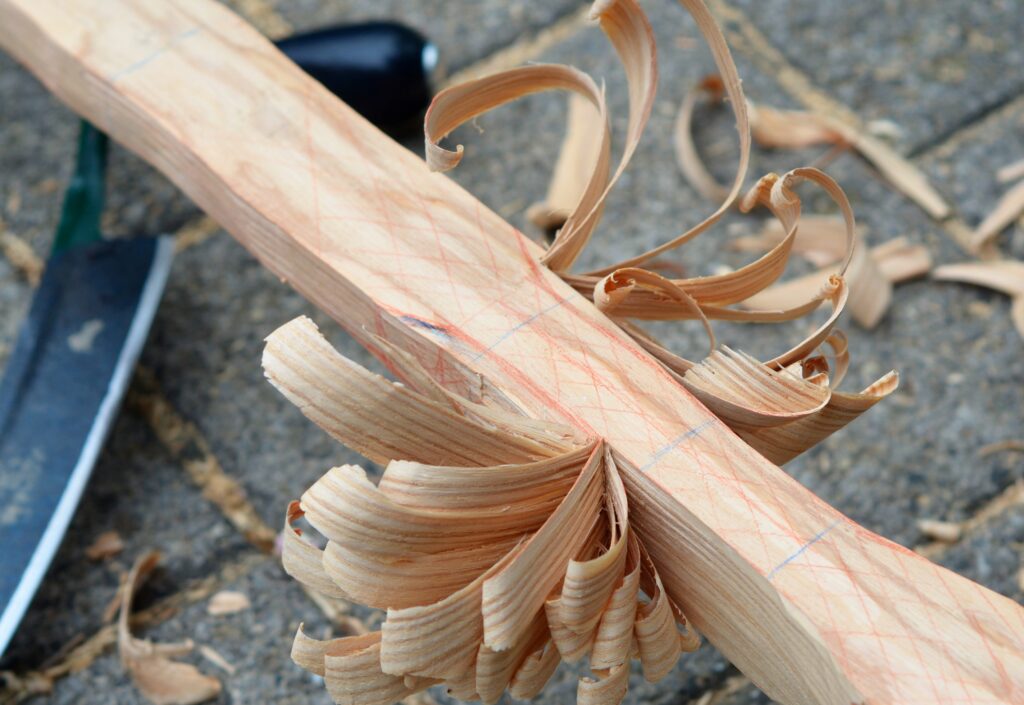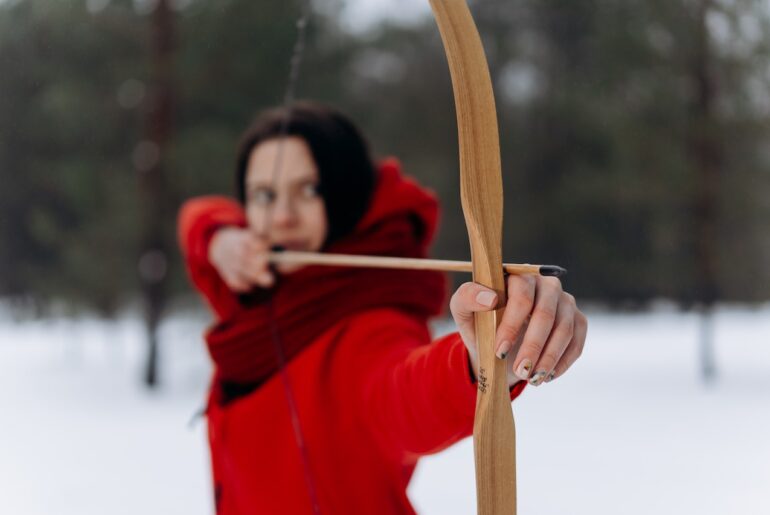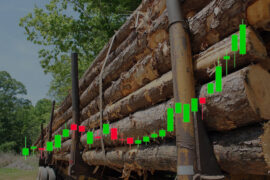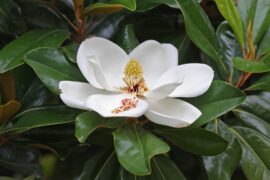There are different types of bows, and they are made from various materials. However, in the past, all bows were made of wood. Even today, wooden bows still have many fans. So the question is: what is the best wood for making a bow and arrow? In this article, we will answer this question.
The Best Woods for Making Bows and Arrows
Since many people use the bow for hunting, its wood must have high strength and resistance. Of course, it goes without saying that the material of the bow is completely tasteful, and often different types of wood are used to make it. In the past, the wood of trees such as poplar and cedar was used to make bows; But the wood of these trees was not very strong and broke in a short time.
American walnut and mulberry wood are among the resistant woods suitable for making bows. Oakwood, maple wood, and ash wood are also good choices for bows.
Common Woods to Make a Bow and Arrow
Here are some common woods that are often used for making bows and arrows:
Yew Wood:
Yew wood is considered one of the best choices for making a traditional longbow. It is strong, flexible, and has a high tensile strength, making it ideal for powerful and accurate shots.
Osage Orange Wood:
Also known as “bois d’arc” or “hedge apple,” Osage Orange is a popular wood for making bows. It is known for its exceptional durability, resistance to compression, and ability to hold its shape well.
Bamboo Wood:
Although not a block of wood, bamboo is often used for making arrows due to its excellent strength-to-weight ratio. It provides flexibility, speed, and accuracy when used as arrow shafts.
Lichtenberg Wood Burning eBook

Download Lichtenberg Wood Burning eBook
One of the modern techniques for creating wooden artwork is called Lichtenberg wood Burning. In this eBook, we are going to introduce this newfound art to you.
This technique is known with some different names such as Lichtenberg wood burning, fractal wood burning, and electricity wood art.
This technique should not be confused with wood burning art or pyrography. The art of pyrography on wood is the art of creating motifs and designs by burning with hot metal tools on objects such as wooden surfaces.
Lichtenberg burning is a wood-burning technique for creating designs with electricity.
This eBook is a comprehensive guide on Lichtenberg Wood Burning. All you need to know for Lichtenberg Wood Burning is here.
This is a limited-time offer, order now to get access to the future eBook releases.
Ashwood:
Ashwood is another good option for making bows. It has a combination of strength, flexibility, and lightweight, making it suitable for both beginner and intermediate archers.
Hickory Wood:
Hickory wood is known for its strength and resilience, making it a popular choice for making both bows and arrows. It offers good durability and can handle heavy draw weights.
How Should the Quality of the Wood Used In the Bow Be?
The wood used for a bow should be both strong and flexible. Therefore, choosing the right type of wood is essential for making a high-quality bow.
1- Resistance and Strength
The wood used for a bow must have good strength and durability, because a bow experiences a lot of pressure, especially when used for hunting.
Therefore, the type of wood used to make a bow is very important, otherwise, it will break easily. Try not to use green wood to make a bow. Use completely dry and moisture-free wood.
2- Flexibility
One of the important features that a wooden bow should have is its flexibility, and in order for the bow wood to bend easily, the wood of young trees should be used.
3- Straightness
It is crucial that the wood is straight and free from any knots or defects. This will ensure that the bow remains stable and doesn’t warp or break under tension.
4- Density
The density of the wood affects the speed and power of the arrow. Woods with higher density tend to provide more energy transfer to the arrow, resulting in faster and more powerful shots.
5- Availability and cost
Consider the availability and cost of the wood species you are considering. Some woods may be more readily available and affordable than others, while still meeting the necessary requirements for a bow and arrow.
6- Traditional or modern materials
Decide whether you want to use traditional wood species commonly used for making bows, such as yew, osage orange, or bamboo, or if you prefer to explore modern alternatives like fiberglass or carbon fiber.
7- Personal preference and experience
Your personal preference and experience as a bow maker may also play a role in selecting the right wood. Some wood species may be easier to work with or align better with your preferred bow design.
Practical Tips and Expert Techniques for Making a Wooden Bow

1. Choosing the Wood
The wood should have straight grain, as even a slight wave in the fibers can cause the bow to crack when it bends. For beginners, woods like Osage orange, yew, hickory, or ash are better choices. Woods with fewer knots make stronger and more reliable limbs.
2. Moisture Content
The wood should have a moisture content of about 8–12%. Over-dry wood becomes brittle, and overly moist wood loses strength and rebound ability. If you cut the wood yourself, let it dry for at least six weeks under controlled conditions.
3. Thickness and Limb Design
The limbs of the bow should gradually taper.
A common mistake is thinning one side too much while leaving the other too thick, which causes uneven bending and leads to early failure. Both limbs should bend as evenly as possible.
4. Paying Attention to the Belly and Back
- The back (the side facing away from the archer) must have intact wood fibers with no cuts or breaks; it should be one continuous layer.
- The belly (the side facing the archer) is compressed during shooting, so harder woods perform better on this side.
Conclusion
The wood suitable for making a bow and arrow needs to be strong enough to withstand the force of drawing and shooting the bow, while also being flexible enough to allow for a smooth release of the arrow. Look for woods with good tensile strength and elasticity.
Remember that different wood species have different characteristics, so it’s important to do thorough research and consult with experienced bow makers before making a final decision.





